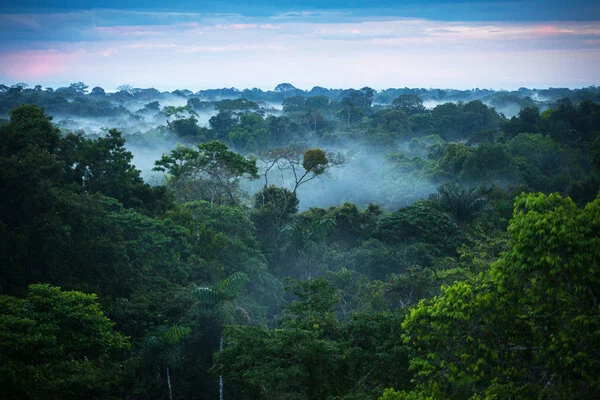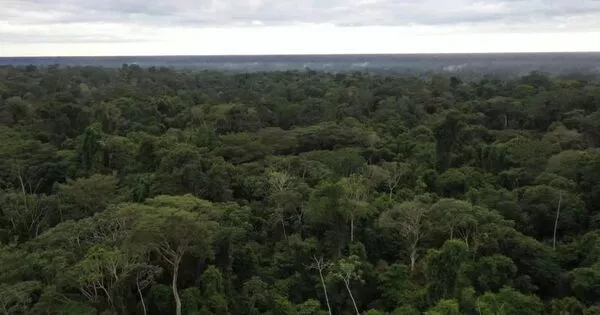Nature is essential to our survival: it provides oxygen, regulates weather patterns, pollinates crops, and produces food, feed, and fiber. However, it is under increasing strain. Human activity has changed nearly 75% of the earth’s surface, squeezing wildlife and nature into a smaller and smaller corner of the planet.
Human activities have resulted in rising temperatures, a massive carbon imbalance, and massive biodiversity loss over the last two centuries. However, there are instances where human stewardship appears to aid in the repair of this damage. Researchers from the journal Current Biology examined tropical forests in Asia, Africa, and the Americas and discovered that forests on protected Indigenous lands were the healthiest, most functional, diverse, and ecologically resilient.
“I’m looking at Indigenous lands to see how conservation outcomes on these lands are, instead of only focusing on protected areas, which are often state run, so that conservation policies might be desgined to be more effective and equitable,” says lead author Jocelyne Sze, an ecologist at the University of Sheffield.
We used metric called forest integrity to measure the quality of the forest in terms of its structure, composition, and function, it refers to how resilient and healthy a forest is. Our previous research found that across the tropics, Indigenous lands had lower deforestation and degradation rates than non-protected areas, but deforestation and degradation rates are quite simple measures, so we wanted to look at forest integrity.
Jocelyne Sze
The team looked at four types of land when assessing forest health: non-protected lands, Indigenous lands, protected areas that overlapped Indigenous lands, and protected forests that were not found on Indigenous lands.
“We used a metric called forest integrity to measure the quality of the forest in terms of its structure, composition, and function – it refers to how resilient and healthy a forest is,” Sze explains. “Our previous research found that across the tropics, Indigenous lands had lower deforestation and degradation rates than non-protected areas, but deforestation and degradation rates are quite simple measures, so we wanted to look at forest integrity.”

Sze and her colleagues found that in all the regions they analyzed, forests in areas where protected lands and Indigenous lands overlapped had higher forest integrity than in any other category. The Americas had the most land that fell into this category, and Africa had the lowest. Some of their findings were surprising to the team.
“It was actually really interesting that it wasn’t all positive. We found that, in Asia and the Americas, within spaces that are only Indigenous lands — so outside of protected areas — the effect on integrity was actually worse than non-protected areas,” says Sze.
While Sze did not study why forests in non-protected Indigenous lands were worse off, she does have some theories. “Indigenous lands and rights are not recognized in much of Asia. So, even if a region is designated as traditionally Indigenous, Indigenous people may not have control over the land “she claims “Also, because many minerals, oil, and gas deposits are frequently found within Indigenous lands, it’s not surprising that those lands are frequently overexploited.”
Sze hopes that she and her colleagues will be able to continue learning about how Indigenous land rights and management fit into our conservation policy. “My research is very much inspired by what decolonial climate movements are trying to achieve, in trying to have Indigenous communities and local communities have more autonomy over these spaces,” she says.
















